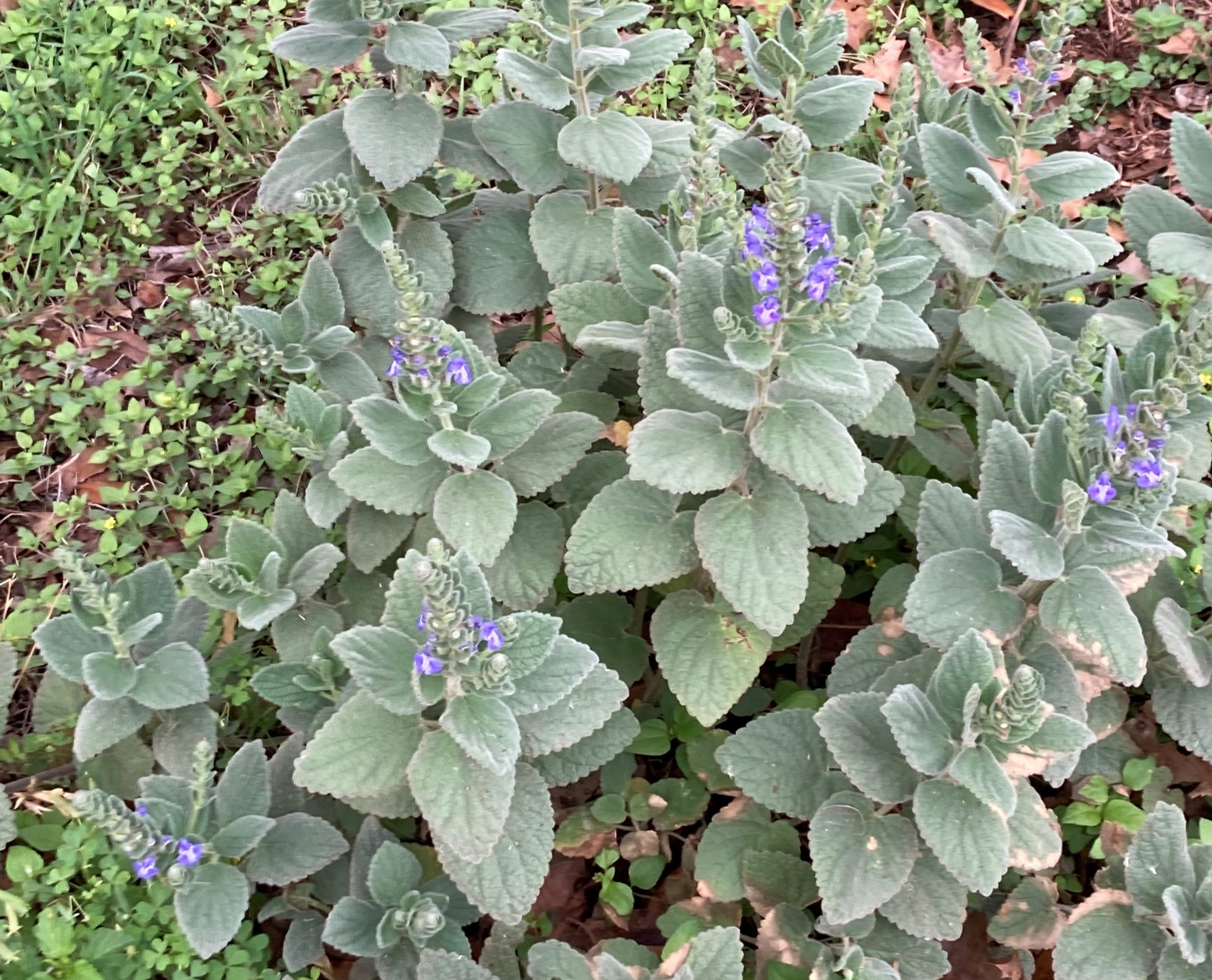Though it’s less common than winter dormancy, some plants — like pink evening primrose — snooze over summer and burst forth come fall.
We’re all familiar with the idea of winter dormancy. Every autumn, the leaves of deciduous trees fall in preparation for their winter sleep. Some plants lose their above-ground vegetation entirely so they can shift resources below ground to withstand unfavorable conditions.
But summer dormancy? Though less common, summer dormancy — or estivation — is also employed as a survival strategy.

One of the most familiar plants to use this clever trick is pink evening primrose (Oenothera speciosa). Also known as buttercups, Mexican evening primrose, pink ladies or showy primrose, this beauty is one of the first wildflowers to mark the end of winter in Texas.
You’ll spot it peppering roadsides as early as February. And by May, it’s blooming by the acre with large colonies of soft pink flowers blanketing roadsides in dramatic fashion. Preferring sunny areas with lower-lying moist soil, you might not think it’s a good fit for a WaterSmart garden. Our beloved buttercup may confuse unfamiliar gardeners as it appears to succumb to the summer heat.
Fear not! Autumn rains wake it from its summer slumber, and a fresh new groundcover reappears. While most other plants start to nod off for winter, the pink evening primrose shrugs off the chill (at least around here) and grows low and spralls across the ground.
It’s versatile and easy to grow, but keep in mind it doesn’t usually tolerate completely dry soil. If planted in full sun and without supplemental water, it may struggle. The plant’s narrow, irregularly shaped leaves stay under 8 inches, with the large-petaled flowers fluttering a few inches above for a total height usually less than a foot tall. In some conditions it may get as tall as two feet.
The blooms are showy, faintly fragrant and irresistible to both pollinators and curious noses. (The pollen-covered stamens might leave a yellow dusting on your nose if you sniff too close!) Their color can range from a deep rose-pink to white, but they’re usually baby pink with magenta veins and a mellow butter-colored center.
While it does spread via runners — something that might turn off tidier gardeners — it can be a lovely addition to your lawn. It can handle occasional mowing and won’t usually outcompete established turfgrass or sturdy garden perennials.
Got a dry, shady, bare patch that’s been bothering you? While it won’t bloom much in full shade, pink evening primrose will still fill in the space nicely.
As a bonus, pink evening primrose is edible and palatable, cooked or raw. The leaves and flowers taste a bit like butter lettuce and topping a salad with the conspicuous flowers is sure to impress dinner guests. Deer, on the other hand (hoof?), tend to turn their nose up at it.
Another summer sleeper to consider is heartleaf skullcap (Scutellaria ovata), which will even bloom in shady spots—and it’s also deer-resistant. These peek-a-boo plants ensure there is always something going on in your garden year-round.

Did you know? Most turfgrass will go dormant in both winter and summer. The way to keep lawns green through summer drought is to dump tons of water on it. So, what happens if you don’t want to use so much water? The lawn turns yellow until autumn rains revive your green grass. This summer, allow your lawn to go dormant and maybe even include a pink evening primrose! Pair with snake herb, frogruit, in the middle of your yard and cutleaf daisy, mealy blue sage, and turks cap along your house and do away with you thirsty lawn!


